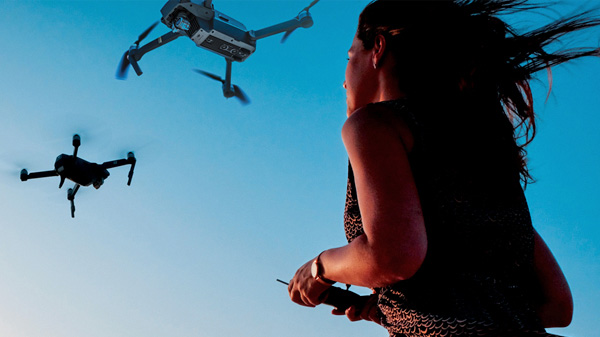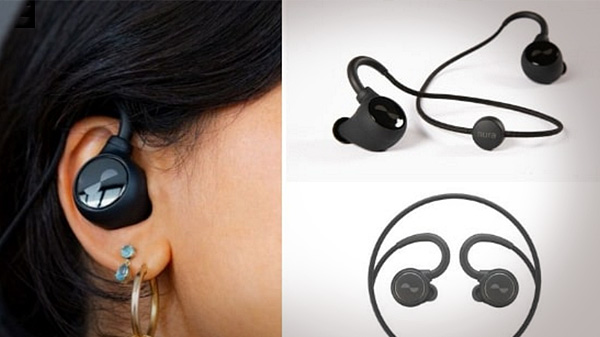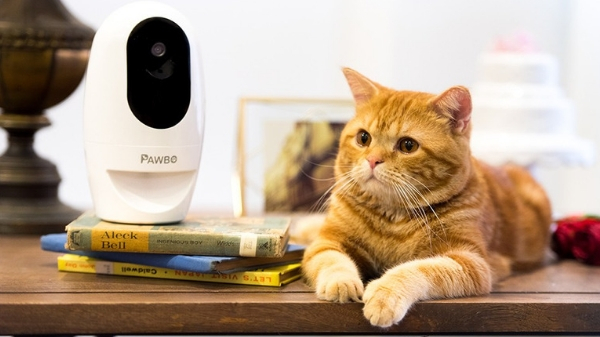Three months ago, right in the middle of the peak Christmas travel period, London’s Gatwick Airport underwent a forced three-day shutdown when an unidentified drone continuously encroached on its airspace. Almost a thousand flights were diverted or cancelled and over 120,000 understandably irate passengers were affected as a result of what the airport’s chief operating officer dubbed a ‘highly targeted’ attack aimed at causing ‘maximum disruption’.

While certainly the most high-profile instance of drone-related mayhem, it’s hardly the only time these Unmanned Aerial Vehicles (UAVs) have interfered with flight operations. Thankfully, to date, Hong Kong’s Chek Lap Kok Airport has largely been spared such miscreant behaviour.
However, there are laws in place aimed at curbing any future transgressions. The Airport Authority Bylaw states that should any UAV activity affect the airport’s operations, the Civil Aviation Department (CAD) – the government body under whose jurisdiction UAV activities fall – will immediately be alerted, with the responsible party then likely to face ‘suitable arrangements’ (there is, however, no indication as to just how egregious the said arrangements may prove to be).

Far less vague, however, are the CAD’s guidelines as to exactly how Hongkongers should be using their unmanned flying devices. A long, long list issued by the department includes such strictures as no flight over an altitude of 300m, no usage after dark and maintaining a distance of at least 50m from members of the public. There’s also a series of specified no-fly zones within the city which, including the airport.
Despite such clear instructions, though, local drone flyers have caused problems by flouting these restrictions. In fact, many unsuspecting members of the public have ended up having unwelcome encounters with these hovering botherers. According to the CAD, the number of complaints lodged against drones has surged in recent years, more than doubling over 2015-2017. Overall, two-thirds of the cases involved flights in restricted areas, while many of the remainder related to privacy issues.

To be fair to drones, their poor PR of late has actively obscured many of their good deeds. Indeed, in some aspects of Hong Kong life, UAVs are actually making a very creditable contribution. In the case of CLP, for instance, the electricity company is now using a fleet of drones to help maintain its Castle Peak Power Station in Tuen Mun. This has seen it commission several US$10,000-a-piece flying operatives to help inspect otherwise inaccessible parts of the facility. This has both slashed costs and taken a potentially perilous task out of human hands.
In an even more dramatic vote of confidence, the Hong Kong government has been looking at using drones as part of its ongoing bid to counter the pollution caused by container ships. Cited as the single-largest source of pollution in and around the city, the Environmental Protection Department (EPD)’s 2016 study showed that shipping pumped more than 1,480 tonnes of PM2.5 particles into the local environment, as well as high levels of sulphur dioxide and nitrogen dioxide.

As part of moves to tackle this, in January this year, HKSAR authorities enacted a new regulation limiting all vessels in Hong Kong waters to using only fuels that contain a sulphur level of 0.5 percent or below. Taking a page out of CLP’s playbook, they now hope to use drones to help monitor compliance with this new ruling.
In order to make this a technical reality, the EPD commissioned the University of Science and Technology’s Division of Environment and Sustainability to undertake a HK$1.1 million research initiative aimed at developing new-gen UAV sensors capable of detecting air pollution and emissions remotely. Fresh off the bench, Ning’s prototypes are now being trialled over local waters, with their full deployment expected later this year.

So, hounders of holidaymakers, a rampant runaway scourge on runways or the saviours of hard-pressed maintenance men and potential environmental guardians with an ever-watchful eye on mid-Pacific polluters? As ever, technology is a double-edged sword, which is probably what social commentators have been saying pretty much ever since double-edged swords were created (around 2,700 years ago).
There is nothing that man can create that someone somewhere won’t seek to subvert for darker purposes – from atomic energy to webcams. And the humble drone is no exception. Hopefully, when such things are ultimately tallied, the doings of the good drones will far outweigh those of their rogue counterparts.
Text: Tenzing Thondup


































 For shutterbugs on the go, Leica is offering a Street Kit – a set with a compact Leica CL camera and a Leica Summicron-TL 23 mm f/2 ASPH. lens. With an equivalent focal length of 35 mm in 35 mm format, it’s great for street-style photography in all kinds of light. Ideal as lightweight luggage, the ‘Street Kit’ set is completely in black and includes a handgrip, a leather carrying strap and a second camera battery.
For shutterbugs on the go, Leica is offering a Street Kit – a set with a compact Leica CL camera and a Leica Summicron-TL 23 mm f/2 ASPH. lens. With an equivalent focal length of 35 mm in 35 mm format, it’s great for street-style photography in all kinds of light. Ideal as lightweight luggage, the ‘Street Kit’ set is completely in black and includes a handgrip, a leather carrying strap and a second camera battery.






